The organisation’s stance on the Central Link Project, on recent news of tree uprooting in Marsamxett, and a more in-depth explanation on the challenges of tree transplantation were other topics discussed during the wide-ranging interview.
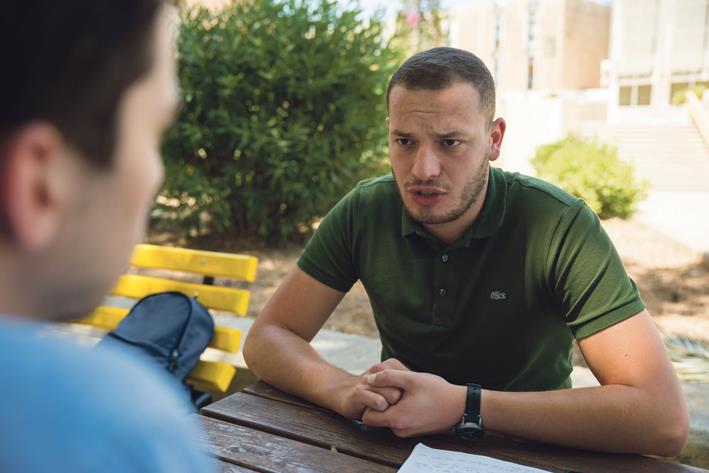
Għaqda Siġar Maltin – how did this organization start and what was the motivation behind it?
We started from a Facebook group which aimed primarily to help people grow trees. Some of us wanted to take it a step further, so we met and decided that there was the space and opportunity for us to open an NGO and starting putting our input into the national sphere.
As an organization we focus on three principal areas. The first is the growth and maintenance of indigenous trees and, obviously, using them in projects. During our first year we carried out projects in both urban and rural environments; in the rural environment, we cleaned a significant part of Wied Għomor, picking up tonnes of waste, and then planted a number of shrubs and trees which we had grown ourselves, while in the urban environment we also spearheaded a project in collaboration with the Żejtun local council, where we planted trees alongside the locality’s roads.
We also believe in the educational aspect of things as we feel that there is a lack of awareness about trees. Therefore, we organise a number of meetings and talks on the topic of trees, and last summer we organised a series of meetings which would like to revive in the future.
Obviously then we also act as a lobby group, and we try to put pressure when there are infrastructural projects involving trees, giving our input both as objectors and through meetings with authorities.
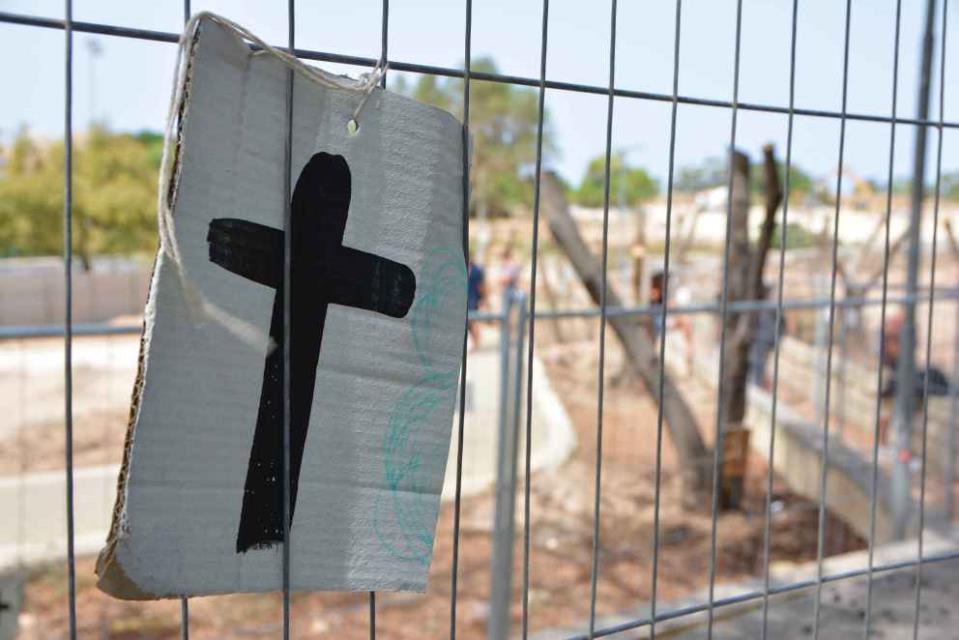
How do you think Malta is treating its environment?
I can speak mainly about trees, and I can see that in Malta there is a problem wherein there is a lack of trees on our roads. If one goes abroad in Europe, it is clear that there are large numbers of trees within urban zones.
In Malta however we seem to have the idea that trees should not be on our roads but should be in secluded places such as Ta’Qali, Buskett or Comino, which is a problem. Cars are also a problem of course – and we can see today that we are in a situation where unfortunately very old trees which have immense ecological value are being uprooted to facilitate these cars.
It is not a bad thing that more trees are going to be planted in areas such as Ta’ Qali or Comino, but we need to emphasise that trees are needed where people live so that they can take advantage of their benefits as well.
You latched onto this point briefly just now – your NGO is one of the many which objected to the Central Link project and to the Santa Lucija project; what has been your reasoning behind these objections?
Our position was against these projects from the very beginning, and we were one of the first organisations to object, and are now one of those helping and contributing to the appeal against the Central Link Project.
We arenot against every type of development – we are against development which is not sustainable. The Central Link project is concentrated on accommodating and adding more cars onto our roads; it is not exploiting any other alternatives – yes, there are some bicycle lanes but these are not even continuous – and the pity is while this environmental disfigurement and disaster is being carried out, the project that it is being carried out for isnot addressing the real issue with regards to traffic. That is the principal reason as to why we, as an NGO, and others are against this project.

The counter-argument that has been posed is that more trees will be replanted instead and there will be a net increase – where does your line of thinking fall when presented with this?
The problem is that it takes many years for a tree to mature. It is true that there will be more trees planted; but one still needs 20 years for these trees to mature and provide shade, shelter for birds, and, obviously, provide oxygen and clean the air. People think that trees just give oxygen, but they also act as filter and clean the air for us, which is why it is important they are on our roads.
To latch onto a somewhat related point, another problem is that there isnot a nursey capable of providing enough tree which are not only indigenous trees, but which are of Maltese stock – meaning that they are grown out of Maltese seeds.
When you say a nursery…
Such as the one in Ta’ Qali. There they grow trees from Maltese seeds, but given the sheer demand that there is, it is a given that some trees will have to be imported. It is written black on white for instance, that Aleppo Pine (żnuber) trees will be brought over from overseas. The problem with this is that, even though they are the same species of tree, the genetic composition is different meaning that once the trees are mixed together, there would be a disturbance to the gene pool of the Maltese tree.
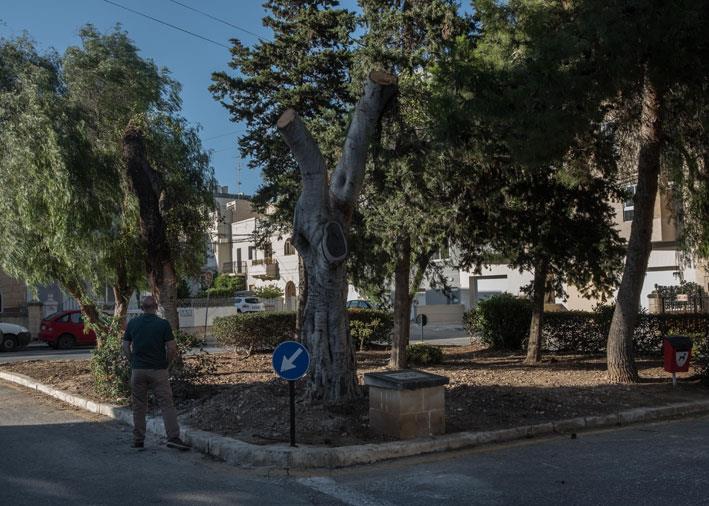
Because, for instance, you would have a tree with its own characteristics which are specifically adapted to here…
Exactly. Even though the Aleppo Pine grows across the whole of the Mediterranean in countries like Spain and Italy, there are still differences; that is the technical issue. In truth it is difficult, but if the government wants to make a full commitment to growing trees, it should invest in a nursery which provides trees which are not only indigenous but are of Maltese stock. When we, as an NGO, pick seeds to grow trees from for instance, we go and find an old tree in Buskett to take from so we are sure that we are taking from an authentic Maltese tree, so to speak.
When it comes to projects like these, it generally said that some of the trees will be transplanted, but we have seen that transplanting isnot always successful – how true is this?
Recently I saw an article on a media portal which stated that the trees in Santa Luċija are going to be transplanted under the supervision of professional arborists – and I was wondering, are we not in July?
You do not need to be an expert to know that trees should not be uprooted in the middle of summer. They should be uprooted in spring or, even better, in winter. I cannot say with certainty on numbers, but there will be some which will die. There is that chance even if the transplanting is done in winter, let alone then if they are done in summer.
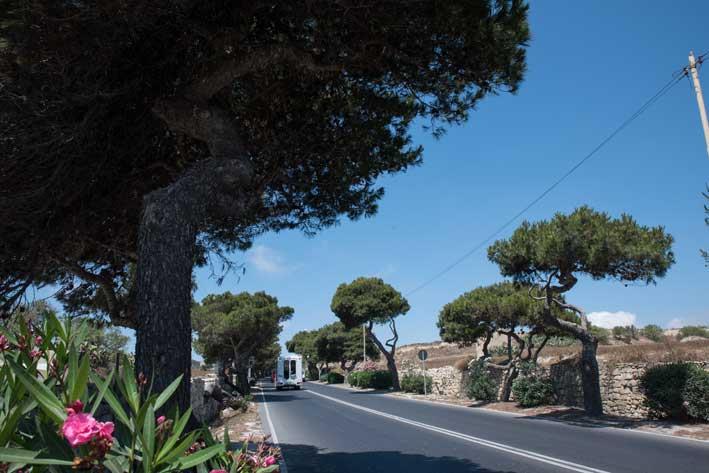
What is the reason as to why these transplanted trees would not live?
To transplant them one needs to cut some 80% of their canopy. There are certain species, such as the Aleppo Pine, which cannot be transplanted at all, but there are others, such as the Olive Tree, which, under the right conditions, can be transplanted successfully.
These right conditions would be doing the operation in winter while the tree is dormant, uprooting it properly, keeping the roots intact, and replanting it somewhere where it will be watered properly and consistently. If that is followed, then there is a good chance that the transplanting will be successful.If they are just leave to their own devices and without maintenance, they will die – and as an NGO we know of some cases and places where trees were transplanted to and simply left there, meaning that they eventually just died.
Recently there was a case in Marsamxett where a number of mature trees were uprooted, under the pretense of these trees being invasive species – is this reasoning valid?
We do believe that here there is a lack of awareness when it comes to this side of the coin.To be direct, we think that the uprooting exercise was correct for the reason that these are trees which are invasive.
When one speaks about indigenous – one is talking about trees which are adapted to the climate here and to the place’s characteristics. However, there are other trees which were imported here, and the problem with that is that they are not in their natural environment and hence donot have competitors to stop them from spreading. Those uprooted at Marsamxett were Trees of Heaven (xumakk) and Brazilian Pepper trees (bżarfalz) which are – as per ERA’s regulations – listed as alien and invasive. The problem with that is that these trees spread and subsequently do not allow indigenous trees to grow. As long as these are going to be replaced with indigenous trees – which is what is planned, from an ecological point of view, it was the correct thing to do.
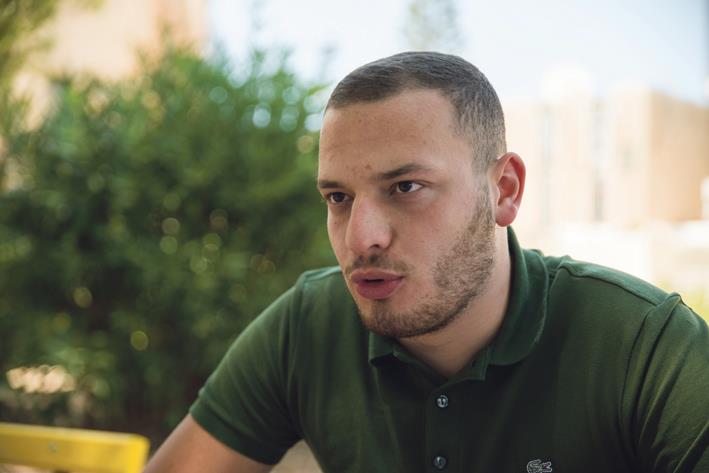
When we say indigenous trees – what type of species are we talking about?
The Aleppo Pine (żnuber)along with the Holm Oak (ballut) are both indigenous and are both quite common, although there are others which are a bit less common but indigenous all the same. They are basically the trees which were here before man was; wherein there was no manmade intervention to get them here.
There are then those trees which are endemic – meaning that not only are they indigenous, but that they are found only in Malta.
From an educational aspect, what do you promote to people?
We believe that the public should be pro-active. We encourage people to approach their respective local council if theysee a spot where there is the potential to plant a tree. Believe me, if the council sees that there is public interest for such a thing and for green infrastructure, they will back it. We also encourage them to grow indigenous trees at home – it is not that difficult and it is easy to find information on what to do.
So, if I want to grow a tree, I can contact Għaqda Siġar Maltin for guidance?
Exactly. One needs to be careful as there are certain protected species which one cannot just go and take cuttings from – there are certain procedures from ERA which need to be followed. We have permission from ERA to help people do this – all they have to do is get in contact with us.